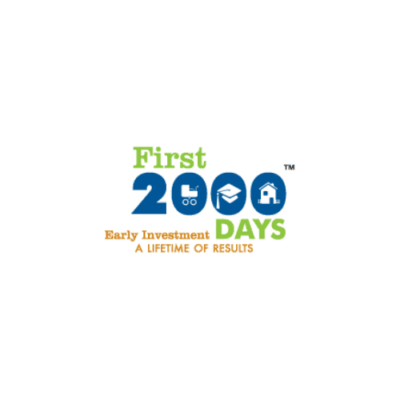As the school year winds down in Danville and across the nation, the allure of summer break is undeniable. For children, it’s a time for play, relaxation, and freedom. However, for parents, educators, and the community as a whole, summer also presents a crucial opportunity to ensure that learning doesn’t take a vacation. This continuous engagement is particularly vital during a child’s “First 2,000 Days”—the period from birth to age five—where foundational brain development and rapid skill acquisition occur, laying the groundwork for all future learning.
Continued learning during the summer months, especially in these early formative years, is not just about avoiding the “summer slide”—the well-documented phenomenon where students lose academic ground—but about fostering a lifelong love of learning and building a stronger foundation for future success. For older children, the “summer slide” can have significant long-term impacts, particularly on students from lower-income backgrounds, exacerbating existing achievement gaps. Research consistently shows that students who don’t engage in educational activities over the summer can fall weeks, or even months, behind their peers. This cumulative loss can make the start of the new school year more challenging, requiring teachers to spend valuable time reviewing rather than advancing new material.
Beyond preventing academic regression, summer learning offers unique advantages. It provides a less structured environment for children to explore new interests, delve deeper into subjects they love, and engage in hands-on activities that complement traditional classroom learning. This period can be ideal for fostering critical thinking, creativity, and problem-solving skills through real-world applications.
For families in Danville and surrounding communities, there are numerous ways to encourage continued learning, from infancy through the elementary years:
- Embrace Reading: For the “First 2,000 Days” children, this means daily read-aloud stories, pointing out words, and engaging with picture books. For older children, libraries, including the Danville Public Library, are excellent resources with summer reading programs offering incentives and diverse collections.
- Explore Local Resources: Museums, parks, historical sites, and nature centers in and around Danville often host educational programs, camps, and activities that blend learning with fun. These experiential opportunities can make abstract concepts tangible, enriching sensory and cognitive development for the youngest learners, and deepening understanding for older ones.
- Turn Everyday Activities into Learning Moments: Cooking can teach math and science. Gardening can introduce biology and responsibility. Family trips can become lessons in geography, history, and culture. Simple conversations and open-ended play can spark curiosity, vocabulary growth, and social-emotional skills, especially critical in the “First 2,000 Days.”
- Utilize Online Resources: A wealth of age-appropriate educational websites, apps, and virtual tours are available, offering interactive learning experiences for all age groups.
- Structured Summer Programs: Many schools and community organizations offer summer camps or programs that focus on academics, STEM, arts, or sports, often incorporating educational components tailored to different age groups.
Ultimately, summer learning isn’t about replicating the school day, but about creating opportunities for minds to stay active, curious, and engaged. By making learning a continuous, enjoyable part of the summer experience, especially during the pivotal First 2,000 Days, parents and the community can significantly contribute to building a stronger educational foundation for every child, ensuring they return to school ready to thrive and continue on their path to a competitive future.
